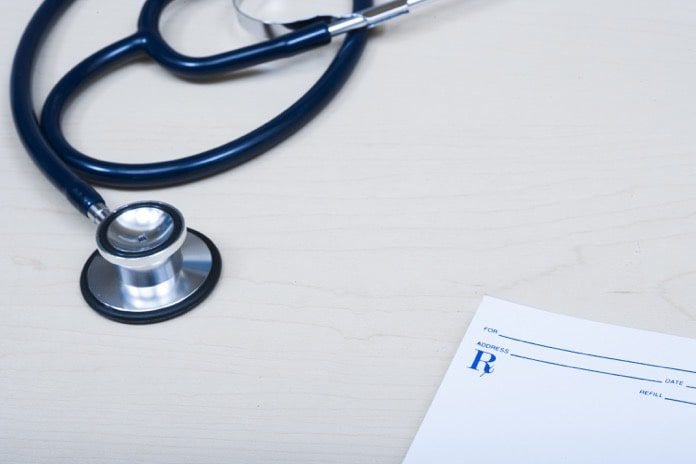A team of International researchers investigated the role of PRO-C3 as a biomarker to predict the absence or presence of liver damage in patients with non-alcoholic fatty liver disease.
Non-alcoholic fatty liver disease, also known as fatty liver, occurs when more than 5% of the liver is made up of fatty tissue and affects people who drink little or no alcohol. The main reasons behind this disease are obesity and physical inactivity. NAFLD is the leading cause of chronic liver damage and its prevalence is estimated to be 25% in the world. NAFLD starts when there is a build-up of fat in the liver which can lead to further liver damage and scarring. The scarred liver shrinks ultimately and increases the risk of liver failure and cancer. NAFLD also increases the risk of type 2 diabetes and heart diseases.
Early detection and treatment of fibrosis can help prevent permanent liver damage
For management and treatment of this disease, it is necessary to identify the patients with early disease from those who are at the greatest risk of liver damage and clinical complications. Early detection and treatment of fibrosis can help prevent permanent liver damage and other life-threatening conditions. Although inflammation of the liver is responsible for liver damage, various studies suggest that the fibrosis stage is the best parameter to measure overall and liver-related mortality, as well as liver transplantation and liver-related events. The benchmark for evaluating the stage of liver fibrosis is percutaneous needle biopsy. However, there is a need to develop a non-invasive clinical tool to accurately measure advanced fibrosis and liver damage in NAFLD.
What is the role of PRO-C3 in non-alcoholic fatty liver disease?
A recent study showed that PRO-C3 is a marker of fibrosis in patients with chronic Hepatitis C. However, the role of PRO-C3 in patients with NAFLD is unknown. A team of researchers from the Westmead Institute for Medical Research, the Westmead Hospital and the University of Sydney conducted a study to investigate the role of PRO-C3 to identify the extent of liver damage and fibrosis in patients with NAFLD. The results of this study were published in Hepatology.
The study investigated a total of 431 patients from Australia, Japan, and the United Kingdom. The investigators measured the PRO-C3 by a method known as Enzyme-Linked Immunosorbent Assay (ELISA) in tow large groups of 150 and 281 patients. They combined this data with routine clinical information such as age, the presence of diabetes and platelet count in order to develop a highly accurate tool to identify liver damage and advanced fibrosis in NAFLD patients.
PRO-C3 increased as the stage of fibrosis became more severe
The results of the study showed that PRO-C3 increased as the fibrosis stage become more severe and was independently associated with advanced fibrosis. The PRO-C3 algorithm was found to be superior to existing fibrosis scores such as the aspartate aminotransferase (AST) to platelet ratio index (APRI), FIB-4 and NAFLD fibrosis score (NFS).
A score based on PRO-C3 could help identify liver damage and scarring
The study concluded that PRO-C3 based score (“ADAPT”) helps to identify liver damage and scarring in patients with NAFLD. Thus, ADAPT can be helpful in the management and treatment of risks associated with NAFLD. Further studies are warranted to find out whether patient classification using ADAPT, followed by measurement of liver stiffness can replace the need of liver biopsy as diagnostic standard in NAFLD.
Written by Pratibha Duggal
Reference:
- Daniels, S.J., Leeming, D.J., Eslam, M., Hashem, A.M., Nielsen, M.J., Krag, A., Karsdal, M.A., Grove, J.I., Guha, I.N., Kawaguchi, T. and Torimura, T., 2018. ADAPT: An algorithm incorporating PRO‐C3 accurately identifies patients with NAFLD and advanced fibrosis. Hepatology.
- The Westmead Institute. New tool to detect fatty liver disease before liver damage. https://www.westmeadinstitute.org.au/news-and-events/2018/new-tool-to-detect-fatty-liver-disease-before-live.



